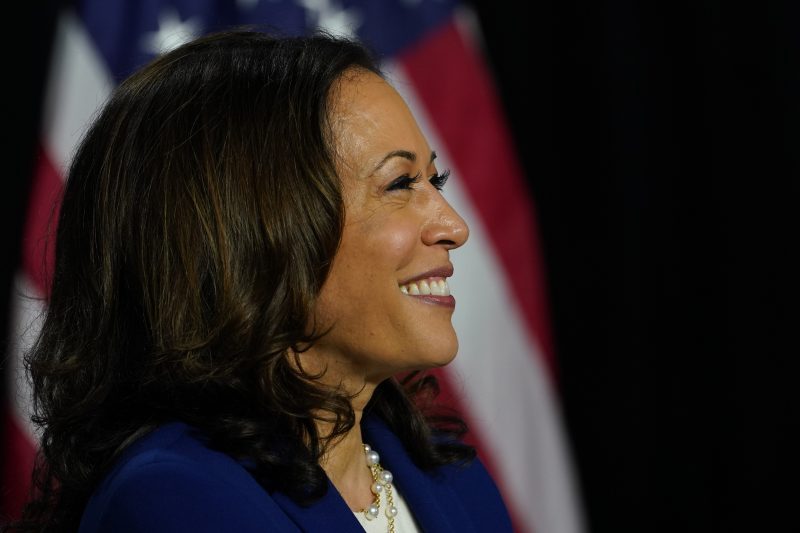In the ongoing discussion about racism and inequality in the United States, the topic of school desegregation and busing has played a significant role in shaping perspectives and policies. This article will delve into how the experience of busing school desegregation has influenced Vice President Kamala Harris’s views on race and education.
Firstly, it is crucial to understand the historical context of busing and school desegregation in the United States. Following the landmark Supreme Court case Brown v. Board of Education in 1954, which declared segregation in public schools unconstitutional, efforts were made to integrate schools. Busing emerged as a method to achieve this integration by transporting students to schools outside of their neighborhoods to create racially balanced student populations.
Kamala Harris’s personal experience with busing began in the 1970s when she was a child attending school in Berkeley, California. During this time, the Berkeley Unified School District implemented a voluntary busing program to desegregate its schools. Harris, as a student of mixed racial heritage, participated in this program and was bused to a predominantly white school in a different neighborhood.
The impact of busing on Harris’s views of race and education was profound. It exposed her to the stark disparities in resources and opportunities between schools in different neighborhoods. Harris witnessed firsthand how students from disadvantaged backgrounds were denied equal access to quality education and how systemic racism permeated the educational system.
Furthermore, Harris’s experience with busing instilled in her a strong sense of the importance of diversity and inclusion in education. She recognized that exposure to different cultures and backgrounds enriches the learning experience and fosters empathy and understanding among students. Harris became a vocal advocate for equal access to education and opportunities for all children, regardless of their race or socioeconomic status.
Harris’s perspective on busing and school desegregation continues to inform her policy positions and advocacy efforts as Vice President. She has called for increased funding for public schools in underserved communities, initiatives to address systemic racism in education, and policies that promote diversity and integration in schools.
In conclusion, the experience of busing school desegregation has played a significant role in shaping Kamala Harris’s views on race and education. Her firsthand experience with busing highlighted the inequalities in the educational system and inspired her advocacy for equal access to quality education for all students. Harris’s commitment to diversity, inclusion, and equity in education remains a central pillar of her policy agenda as Vice President.




























